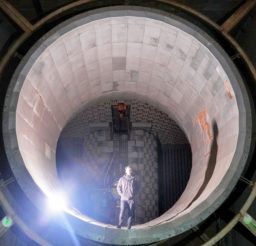Gibraltar Urbex- Exploring Hidden Abandoned Locations on The Rock | Urbex
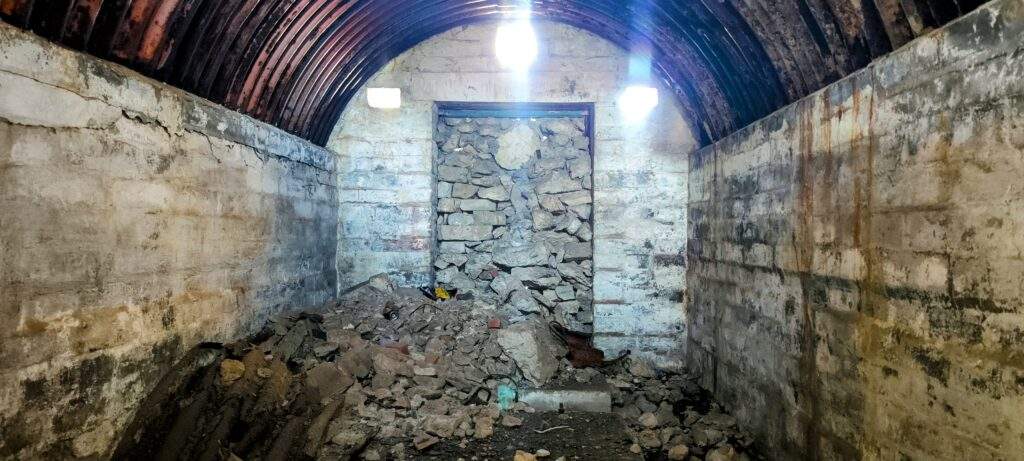
The Rock of Gibraltar has a tonne of history, and many of the military features and fortifications are open for tourists to explore, offering a fascinating insight into the history of the British Overseas Territory. With batteries, tunnels and caves there’s plenty to see with a Nature Reserve ticket. However, looking beyond the well-preserved and well-presented ticketed sites such as St Michael’s Cave and WWII tunnels, the Rock has plenty more to see if you are willing to wander a bit beyond the well-trodden tourist route.
Bellman’s Cave
Our favourite “hidden” spot on the Rock, in terms of ease of access and historic features is Bellmans Cave- a cave that was converted into accommodation for those stationed on Signal Hill Battery at the top of the rock in WWII. As this has so much to offer, you can read more about it in our separate post.
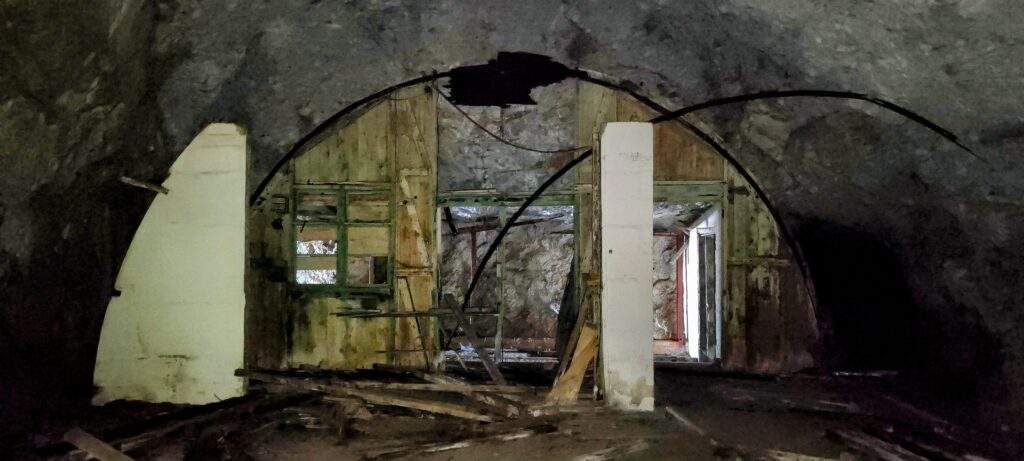

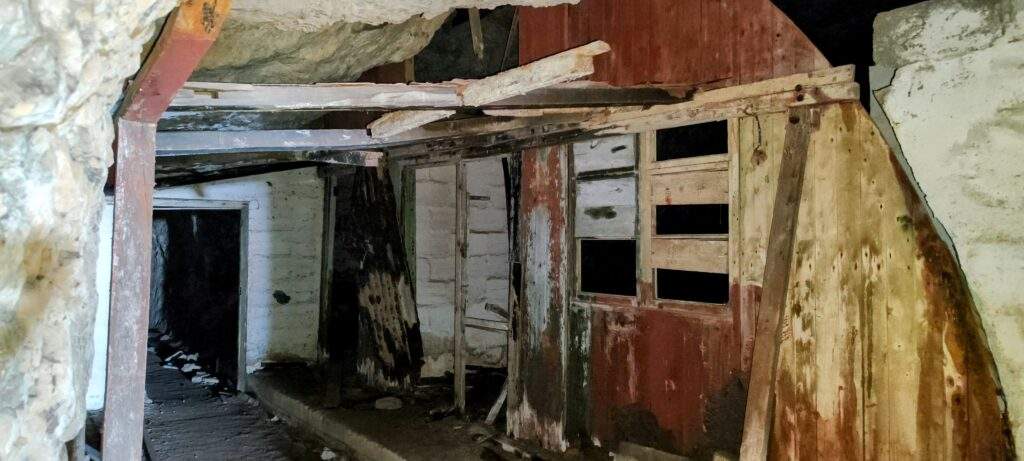
World War II Tunnels
Whilst this is a publicly accessible attraction (which you can read more about here, including a history of the tunnels), we managed to sneak past a few barriers or though a couple of conveniently unlocked doors to get a “behind the scenes” glimpse of some parts of the WWII Tunnels. The publicly accessible parts are well preserved and presented, and give a good historical view of the site. However these hidden nooks and crannies gave a more “raw” view of the tunnels, with authentic objects and a good taste of decay and dereliction.
These WWII tunnels were designed to be an underground city. The 16,000 people garrisoned here had enough food to last 16 months. Within the tunnels there was a telephone exchange, a power generating station, water distillation plant, hospital, bakery, ammunition magazines and vehicle maintenance workshop.



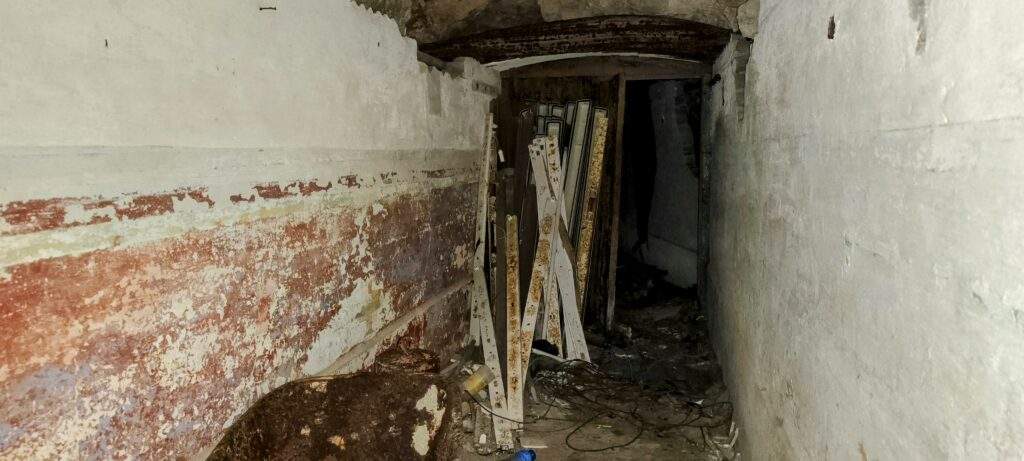
Chapel Cave
Whilst wandering along through the nature park, in the scorching hear, I noticed a small gap in a fence leading to a small cave. The bare rock soon turned into whitewashed, smoother walls, and the outside heat was replaced with a musty coolness. At the back of the cave, stone had been carved into a sofa-like seat, with an emblem carved into the wall above. Remains of red paint can just about be made out on the emblem. Our best guess is that this was some sort of chapel.
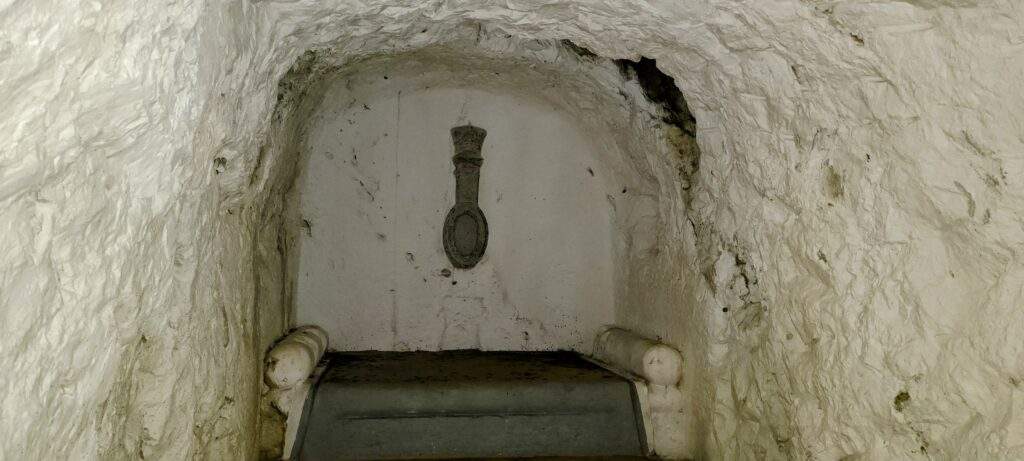
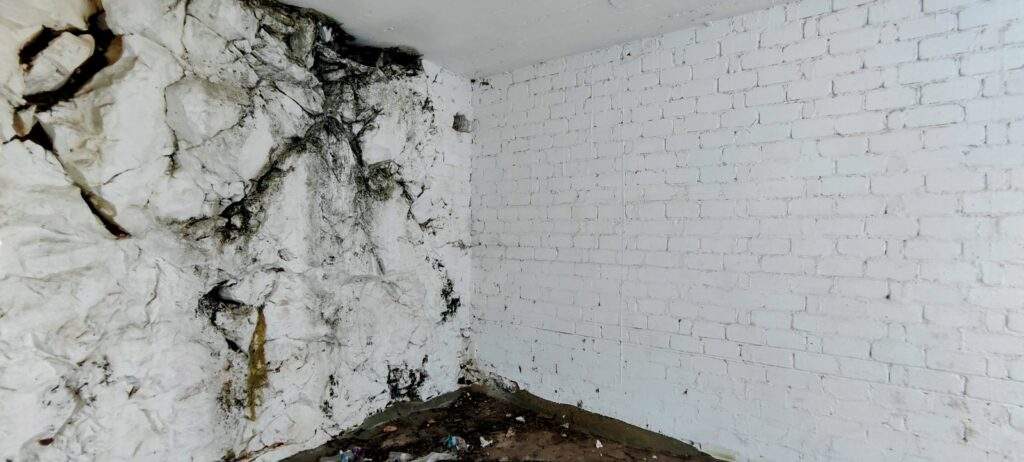
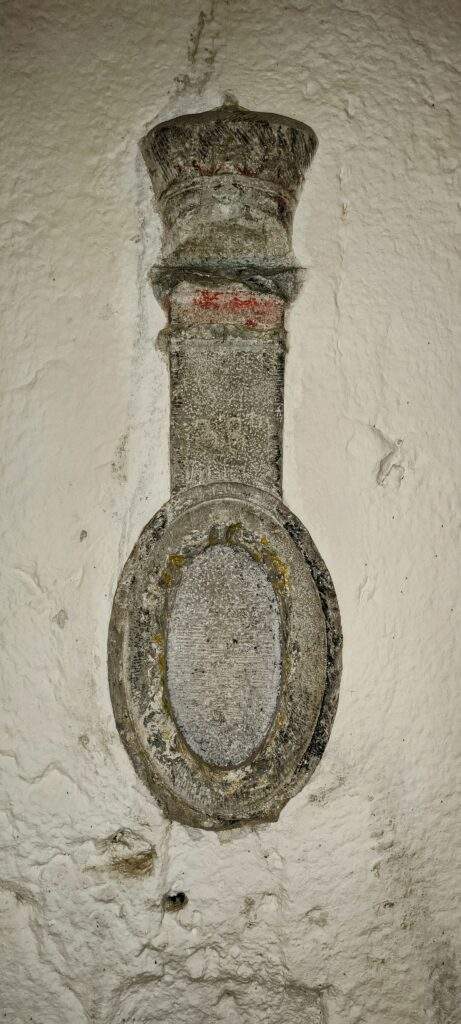
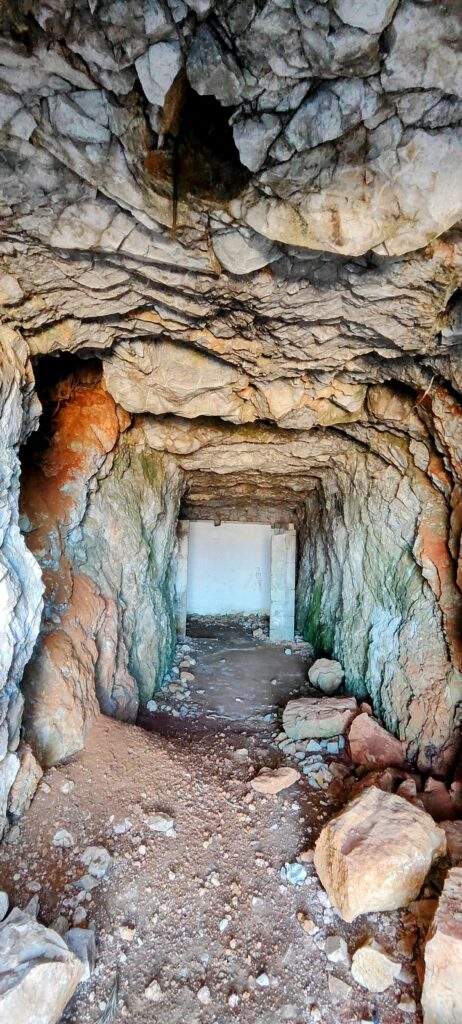
Military Lookout Cave
Part of the wooden boarding blocking off access to this lookout or battery had either been removed or had naturally decayed, allowing us to hop through the gap and take a peek inside. Brick walls met the jagged rock of the cave that had been adapted for military use. These walls created multiple small rooms and also lined the exterior of some parts of the cave. A wooden desk remained, along with some decaying corrugated metal and large water storage tanks.
The two large cave openings had been concreted to form smaller lookout hatches, though there were no visible signs of gun emplacements, suggesting this cave was a lookout shelter with storage. The smaller opening had a door, which was now blocked off.
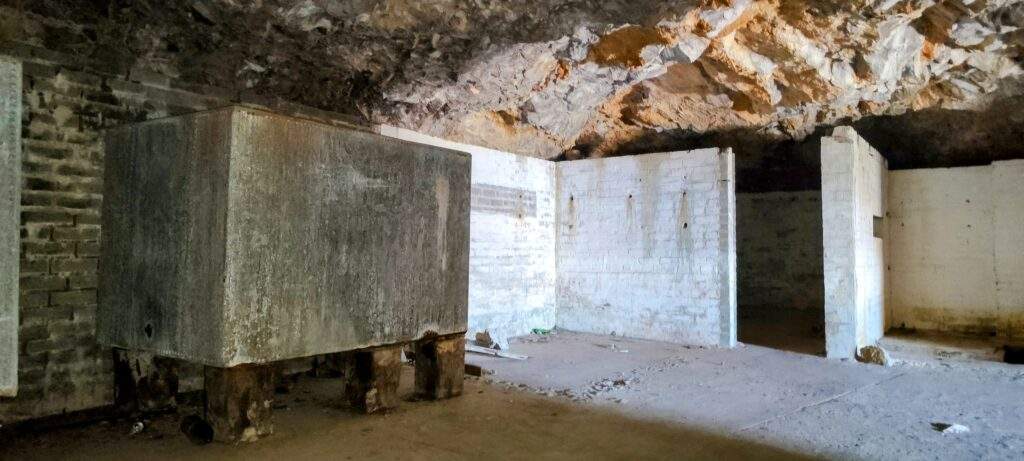
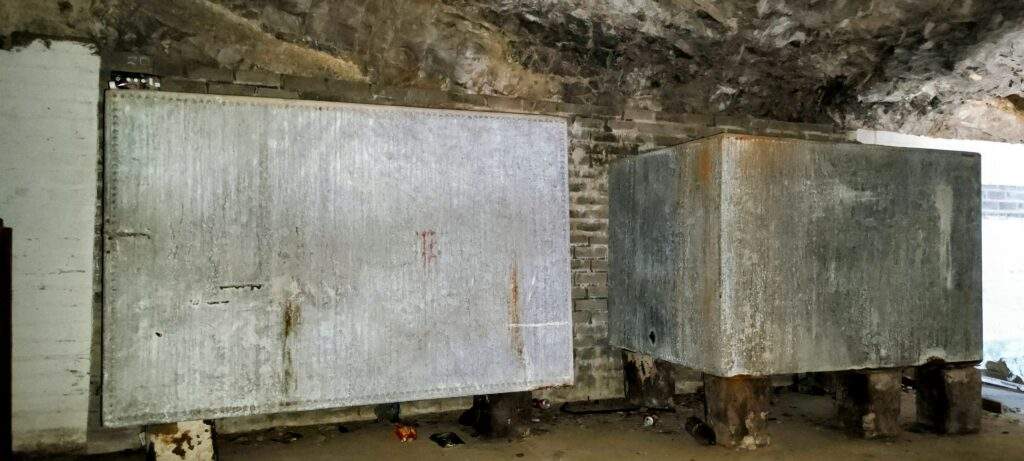


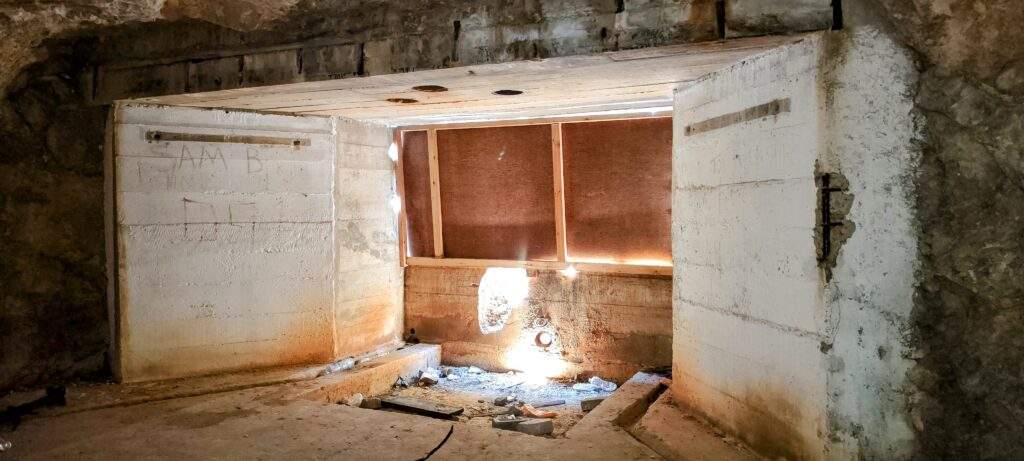
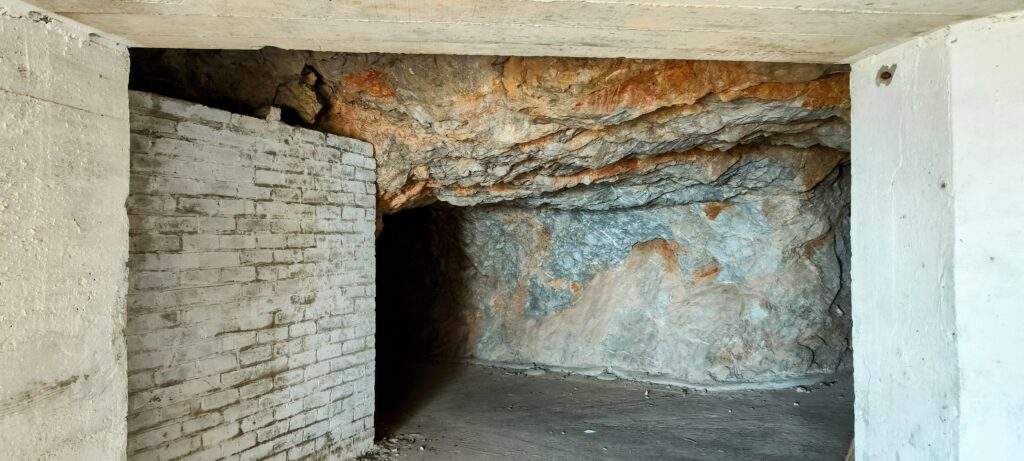

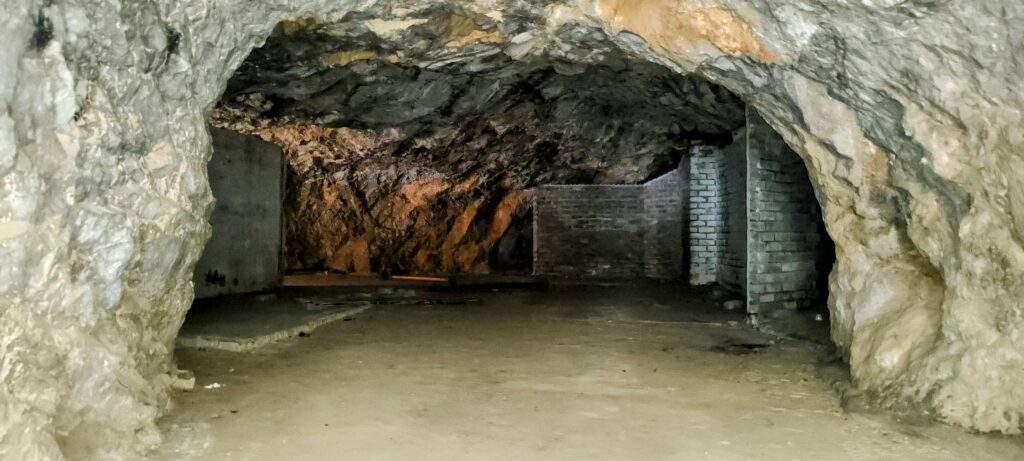
Other Military Structures
There was a plethora of other structures littered around the top of the rock, some clearly lookouts and others built for storage. Many of these were accessible and just off the footpath, whilst others could not be fully accessed. At the edge of the Gibraltar, the Landport tunnel, which was once the only land entrance to the foritification also offers a pleasant walk through history. Gibraltar as a whole offers stunning views, fascinating historical visitor attractions and a good mix of abandoned and derelict military structures- the perfect day (or two) of adventure for Urban Explorers.
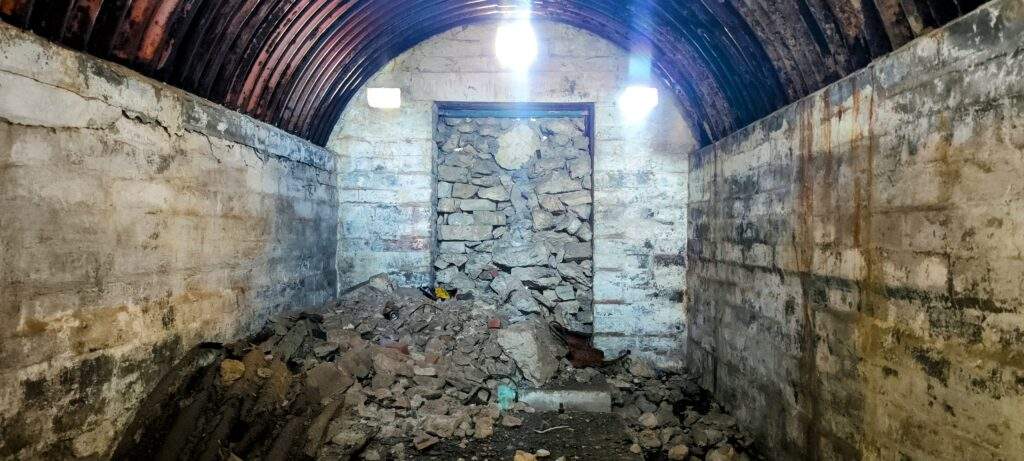
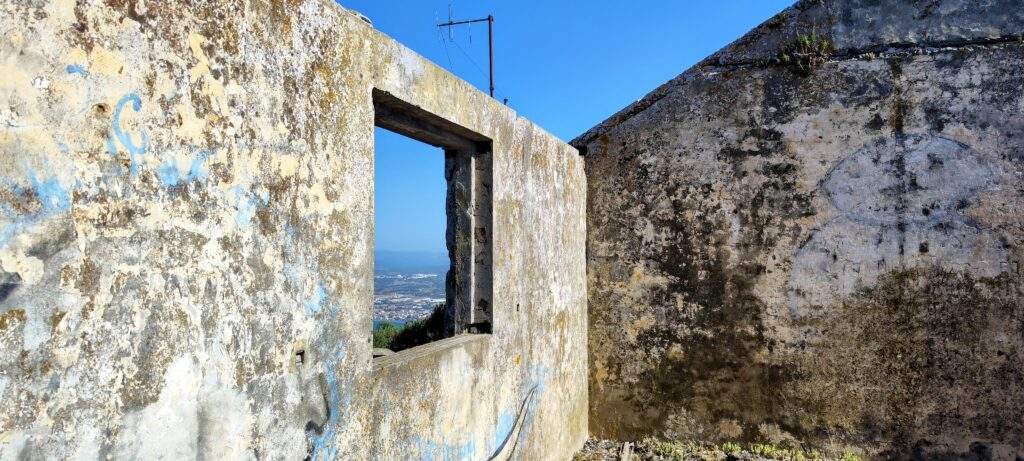
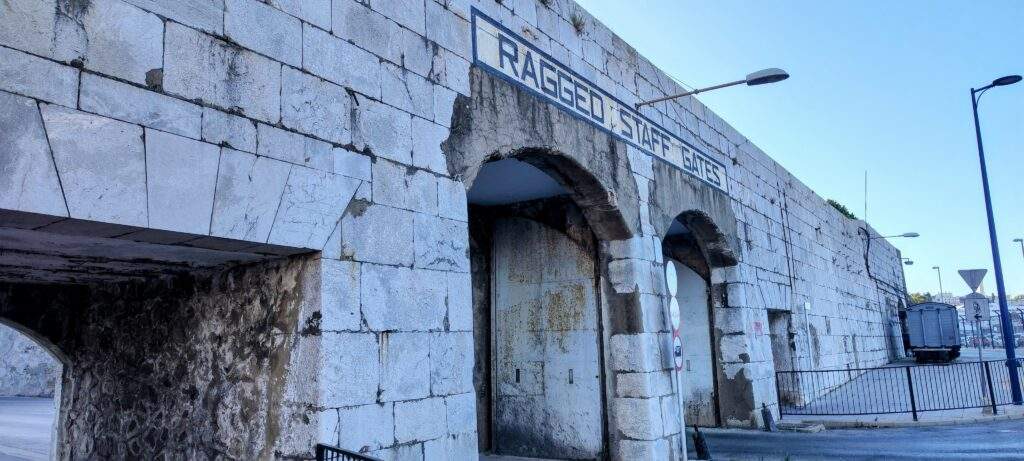
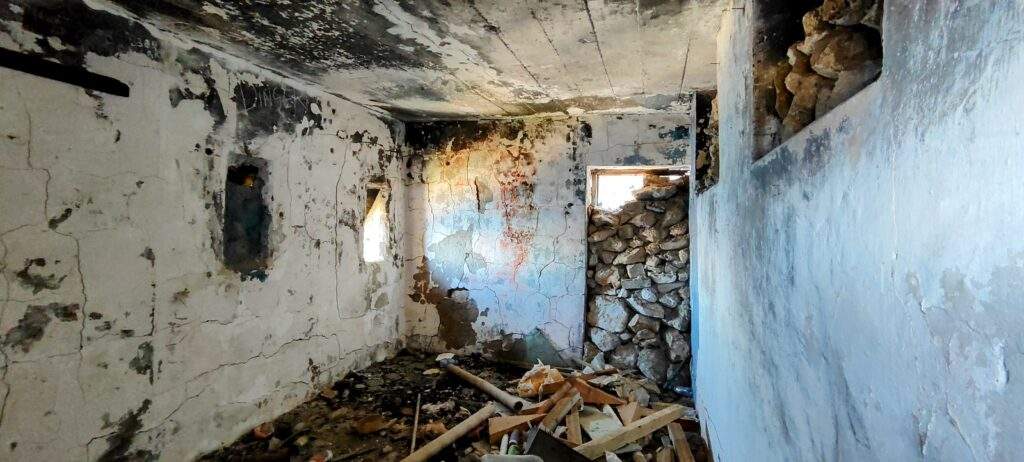

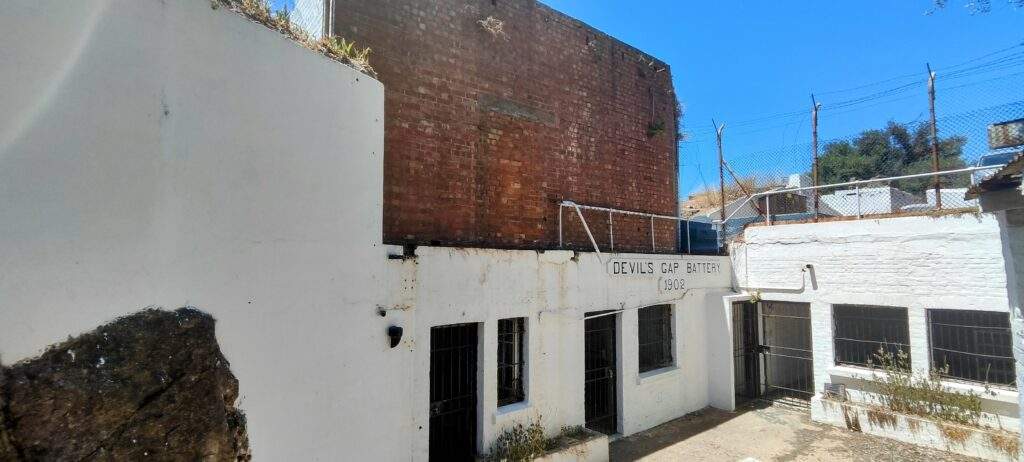
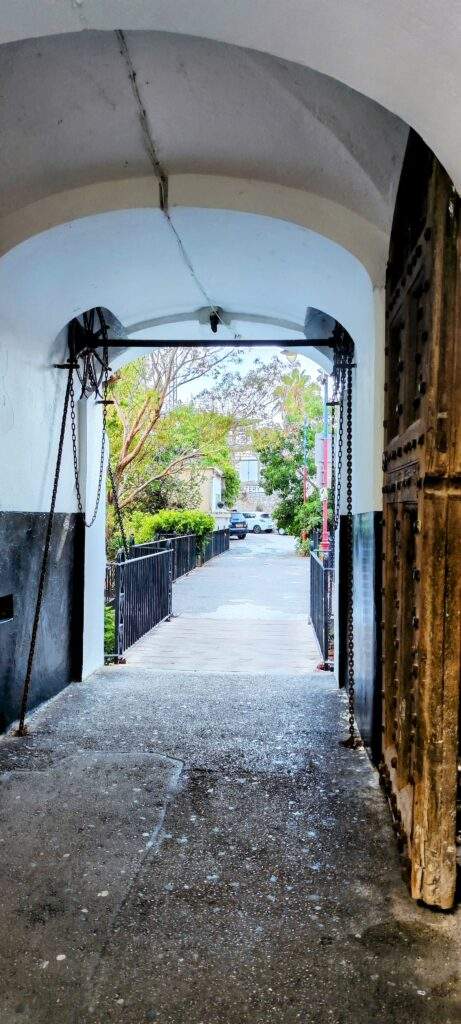
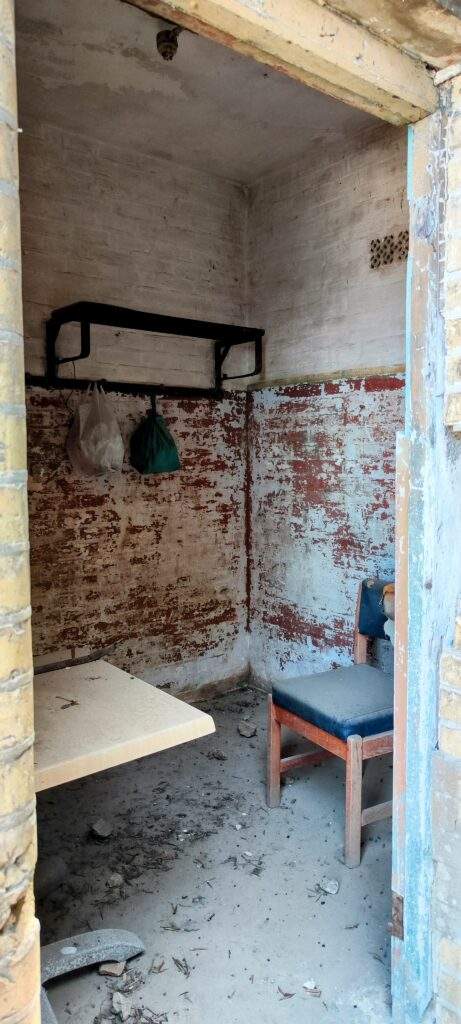
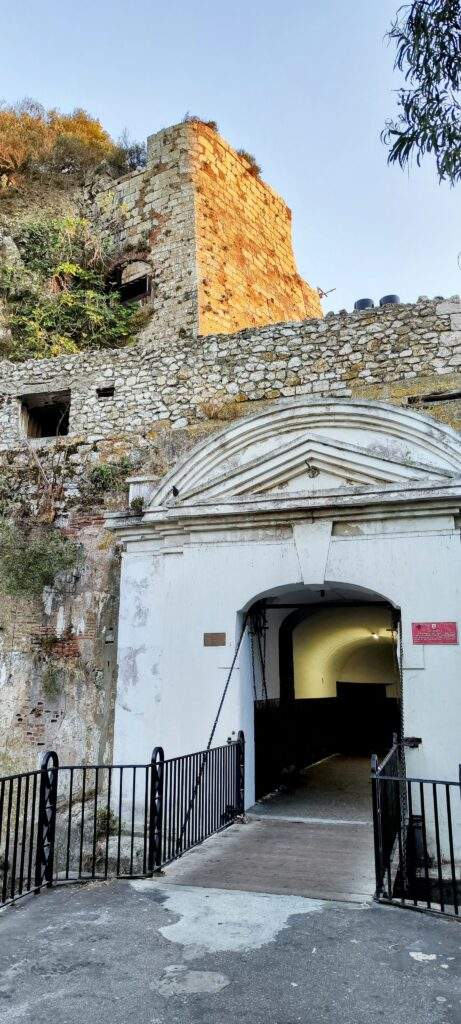
Last Updated on 19 December 2024 by Michael

